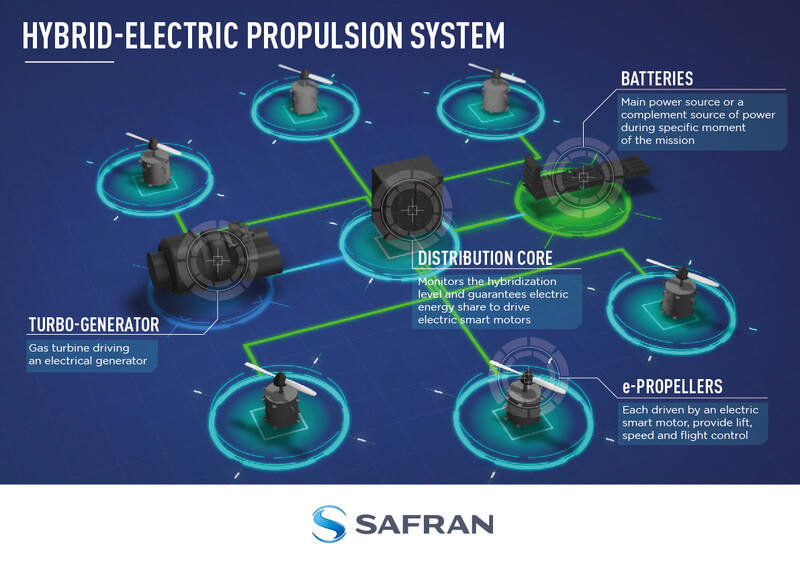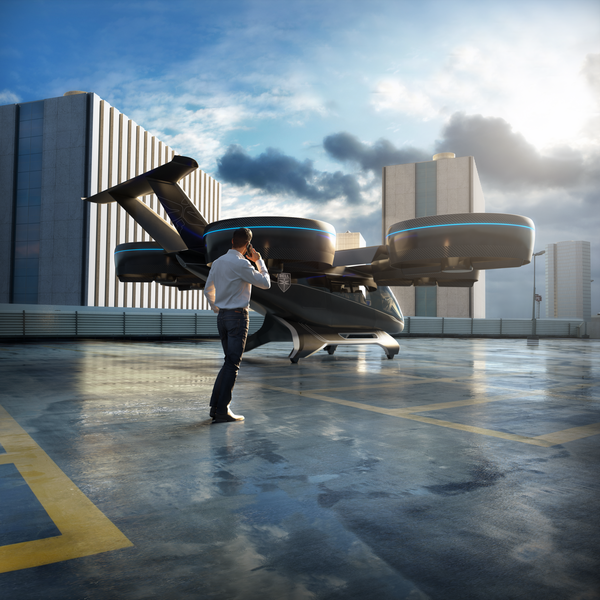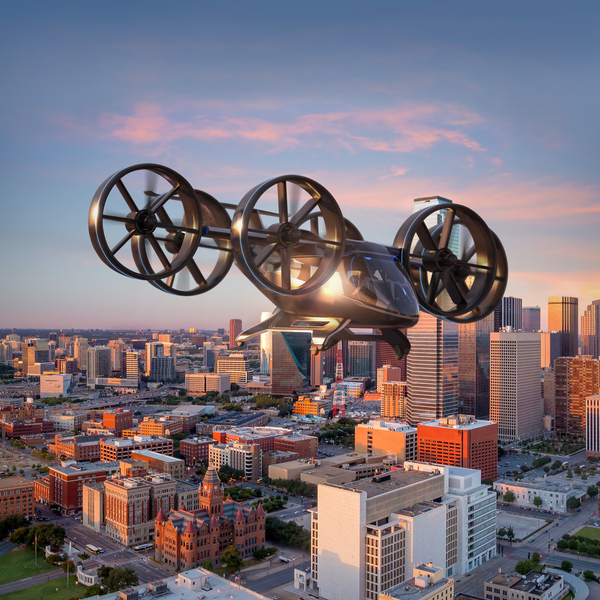The Nexus features a Safran hybrid-electric propulsion system, Thales flight controls and six tilting ducted fans.
Bell Helicopter has taken the wraps off its Nexus air taxi concept, which was officially unveiled as a full-scale mockup during the CES 2019 consumer electronics show in Las Vegas. The company had shown a cabin mockup at last year's event.
The multi-rotor vertical take-off and landing (VTOL) Nexus features a hybrid-electric propulsion system and six tilting ducted fans.
Team Nexus, consisting of Bell, Safran, EPS, Thales, Moog and Garmin, is collaborating on Bell’s VTOL aircraft and on-demand mobility solutions. Bell will lead the design, development and production of the VTOL systems.
Safran will provide the hybrid propulsion and drive systems, EPS will provide the energy storage systems, Thales will provide the Flight Control Computer (FCC) hardware and software, Moog will develop the flight control actuation systems and Garmin will integrate the avionics and the vehicle management computer (VMC).
The Bell Nexus will be the first application of the Safran Hybrid-Electric Propulsion System (HEPS). Safran says its propulsion solution is capable of producing more than 600kWe power. During ground tests last June the system produced 100 kWe and further tests will be carried out next year.
HEPS works by distributing thermal and/or electrical energy, depending on the phase of flight, to multiple rotors. It comprises three sub-systems: electric generation that relies on a turbo-generator and batteries, electric power management and the electric motors that generate lift and propulsion.
By 2025, Safran is committed to becoming the market leader in HEPS technology.







